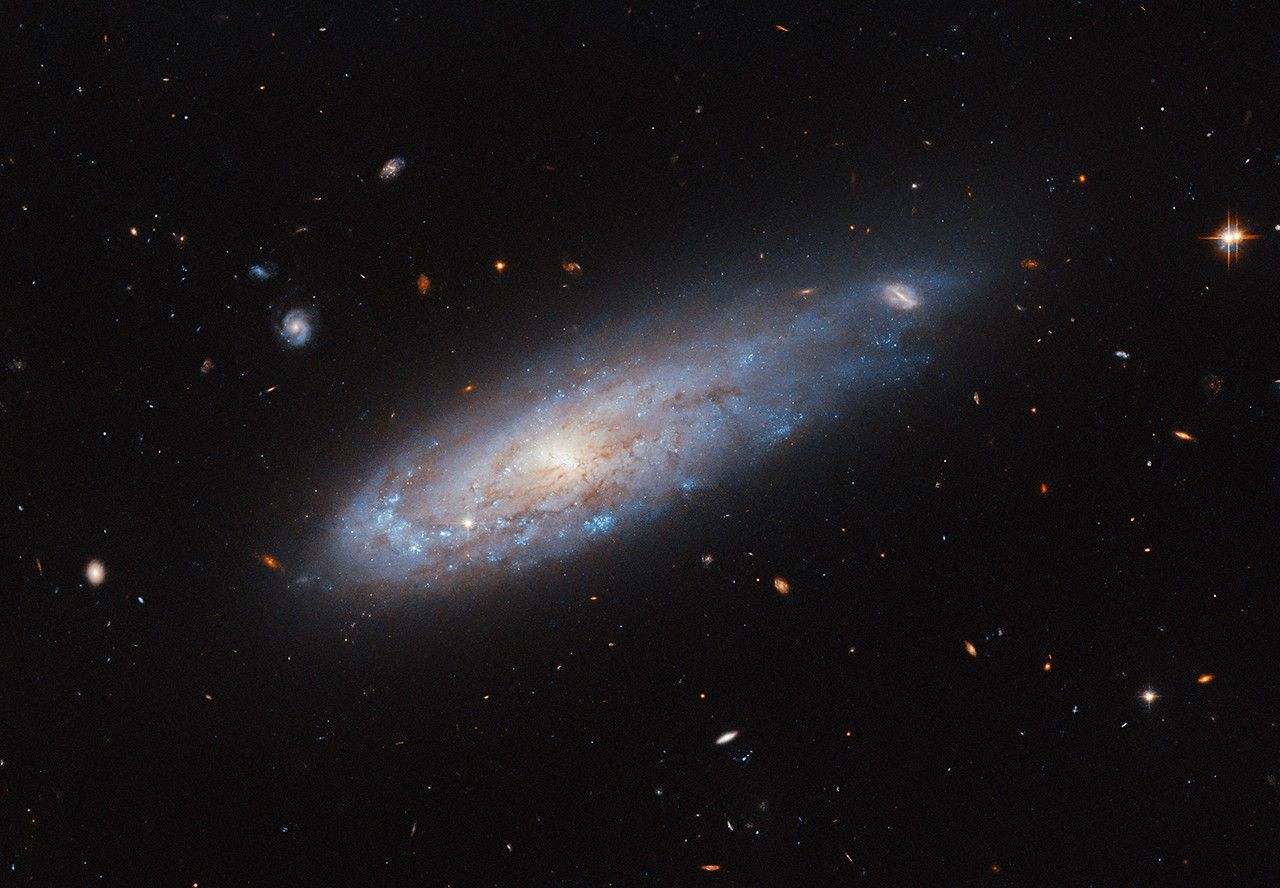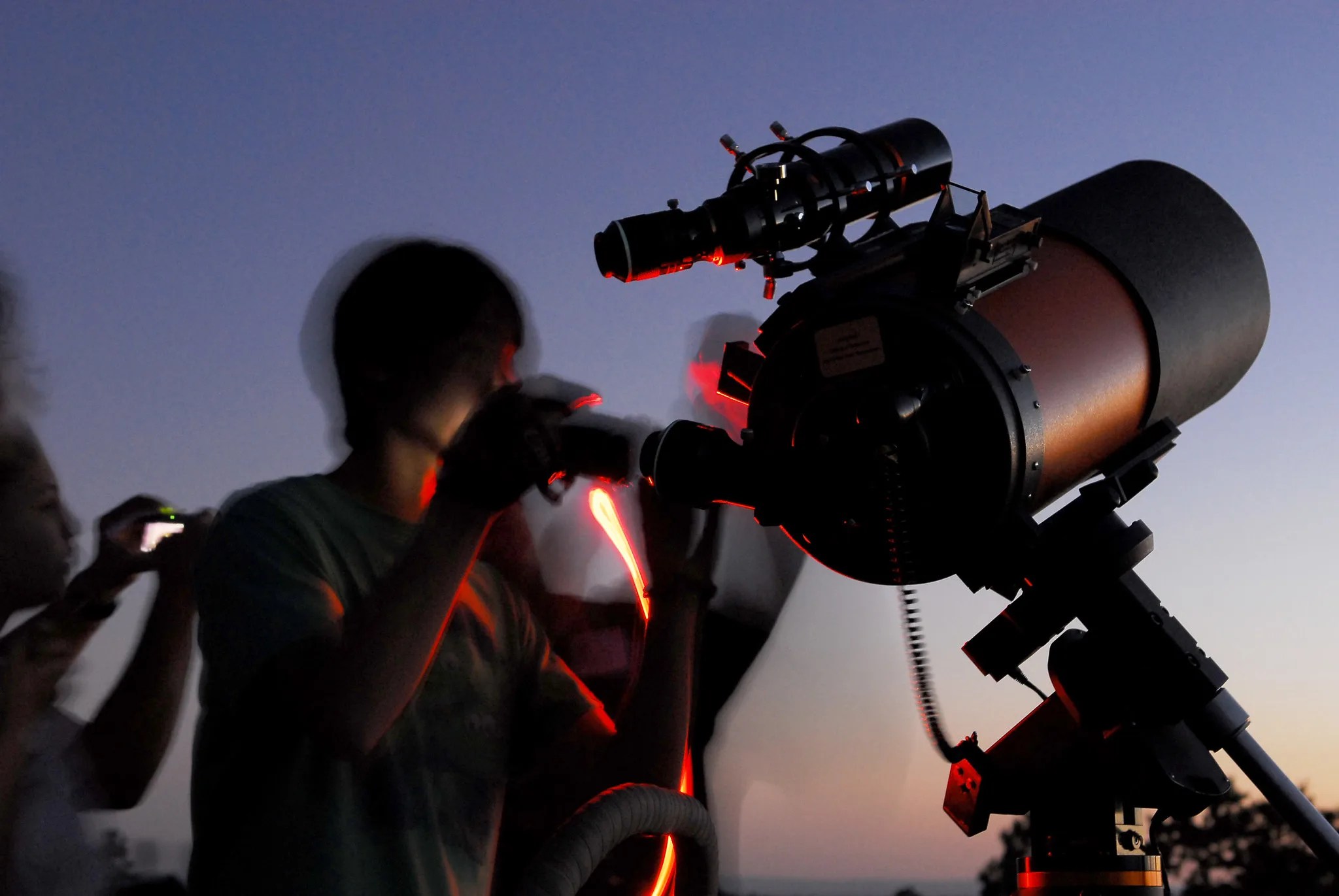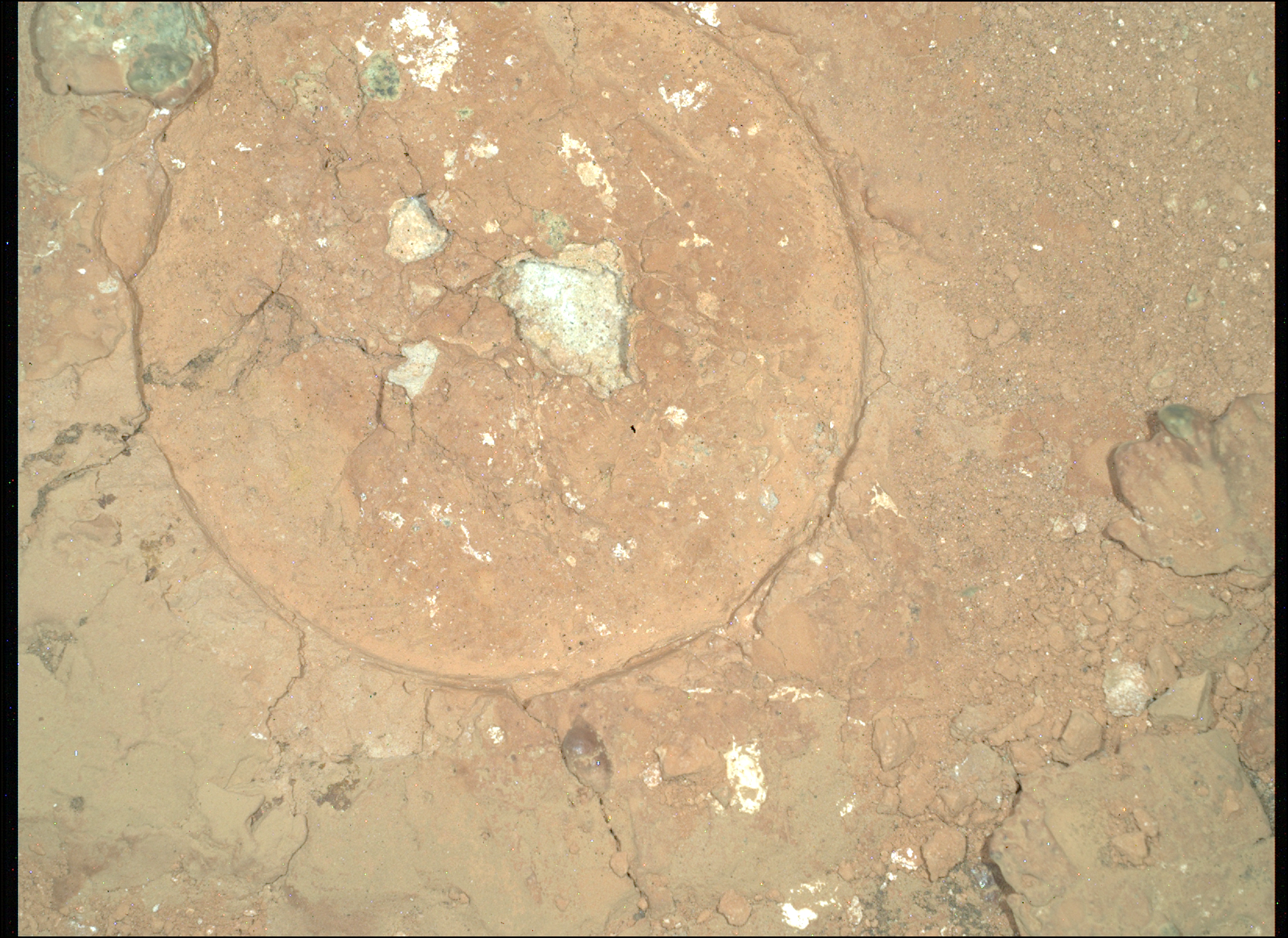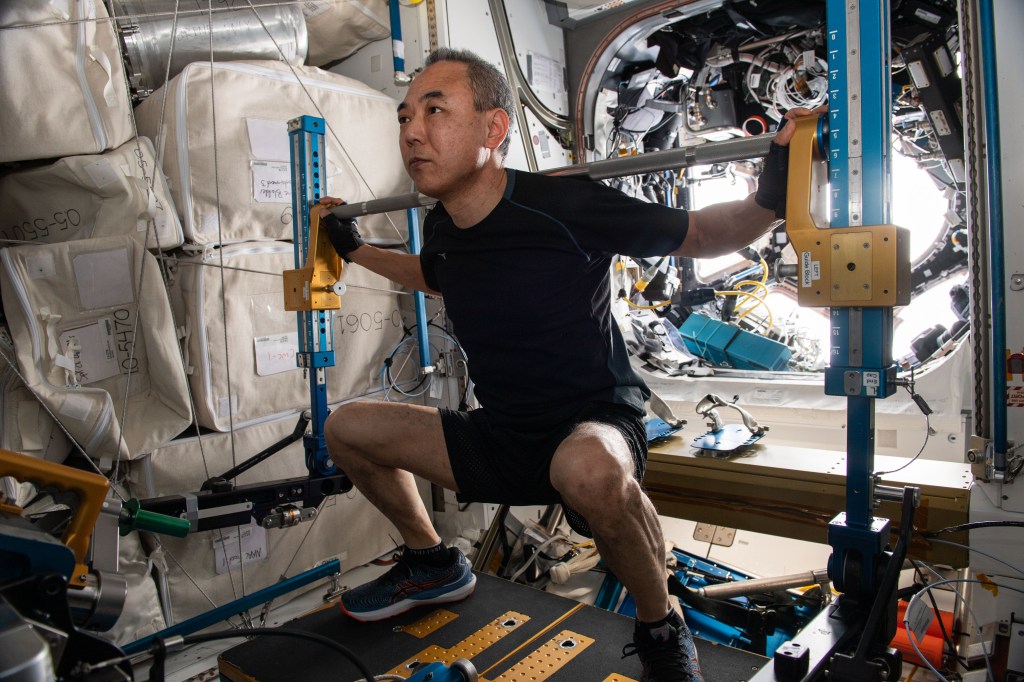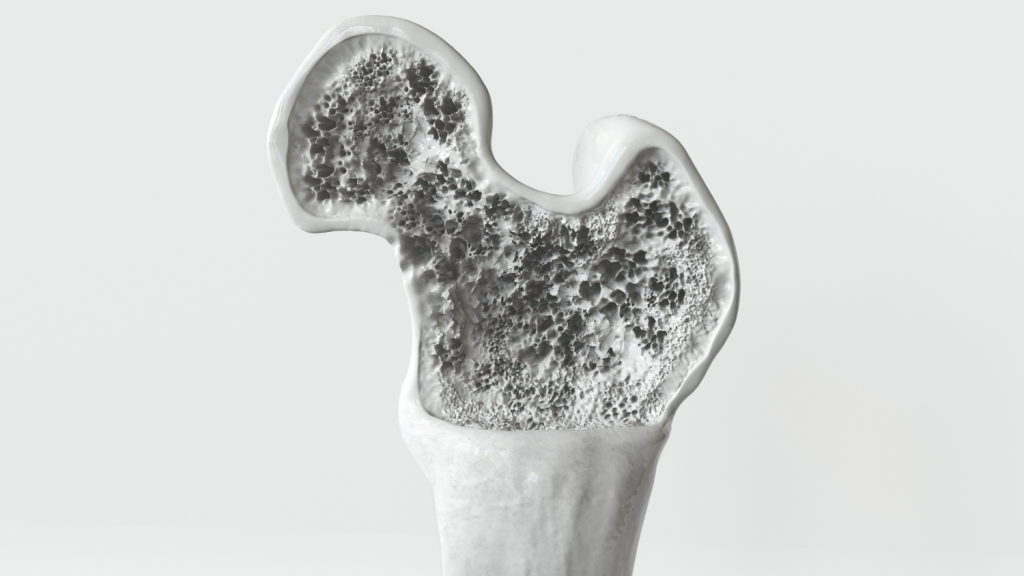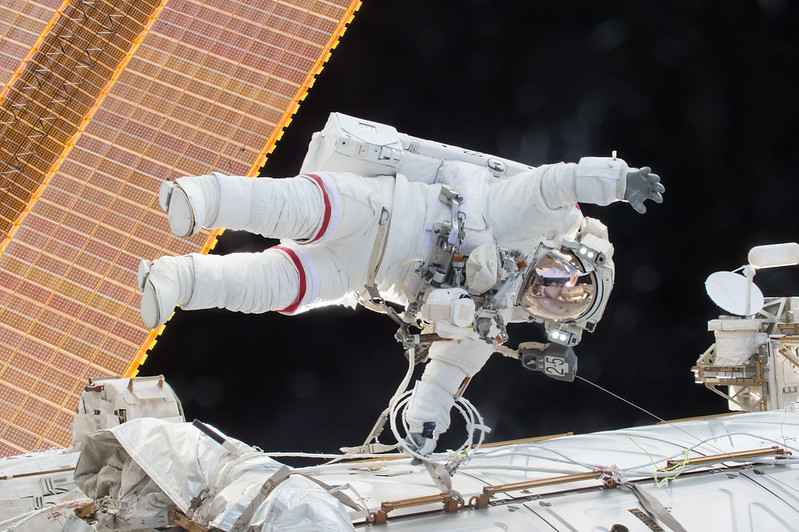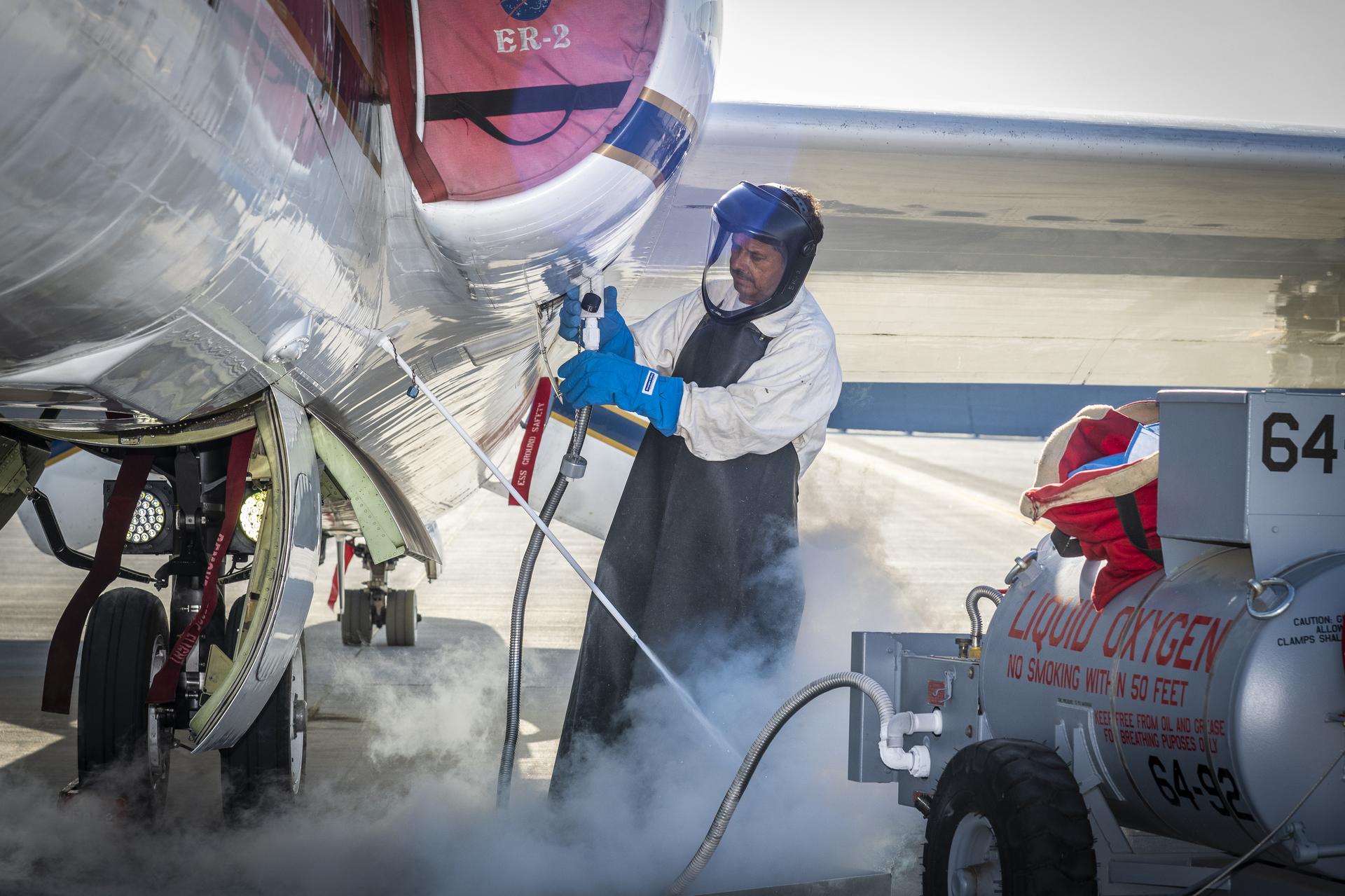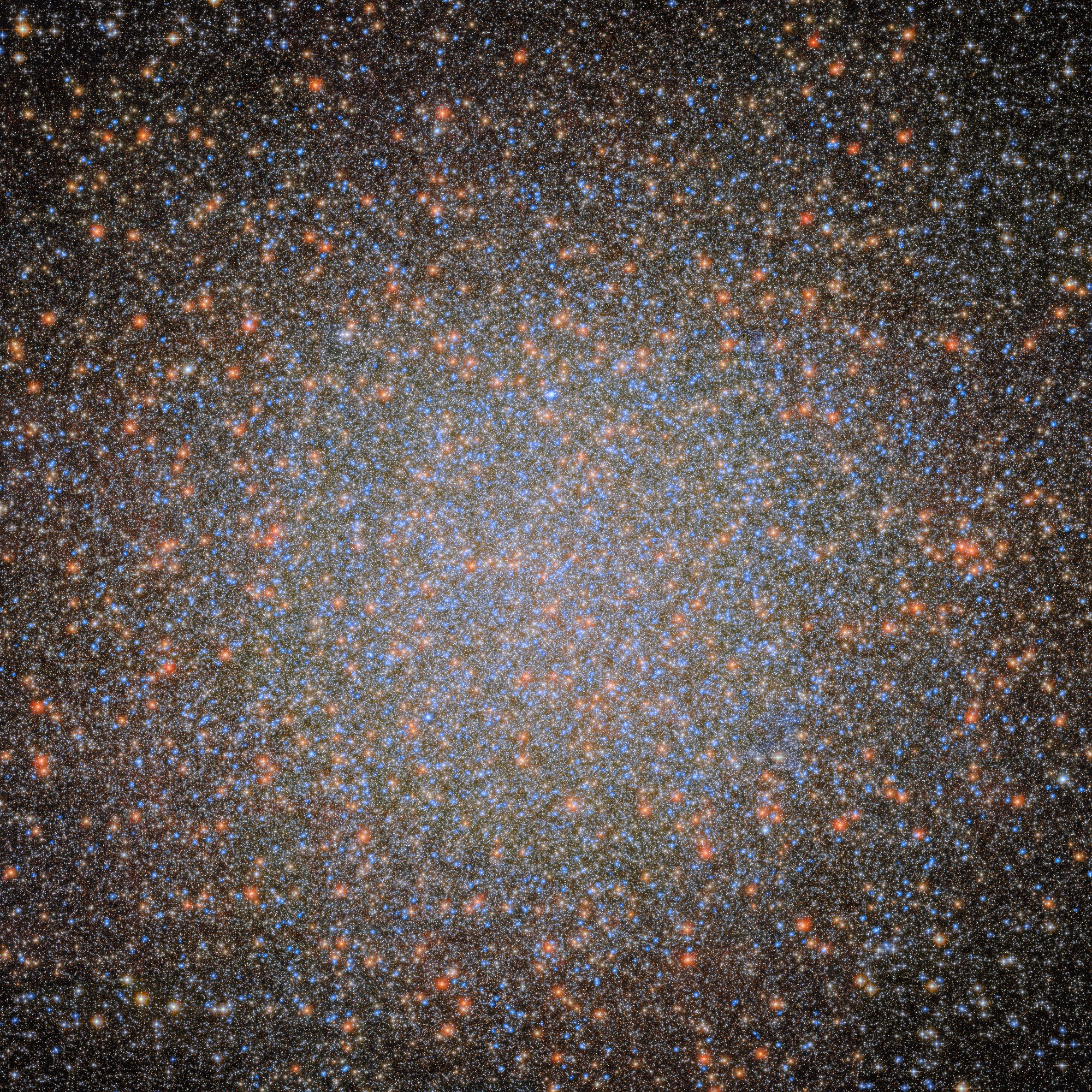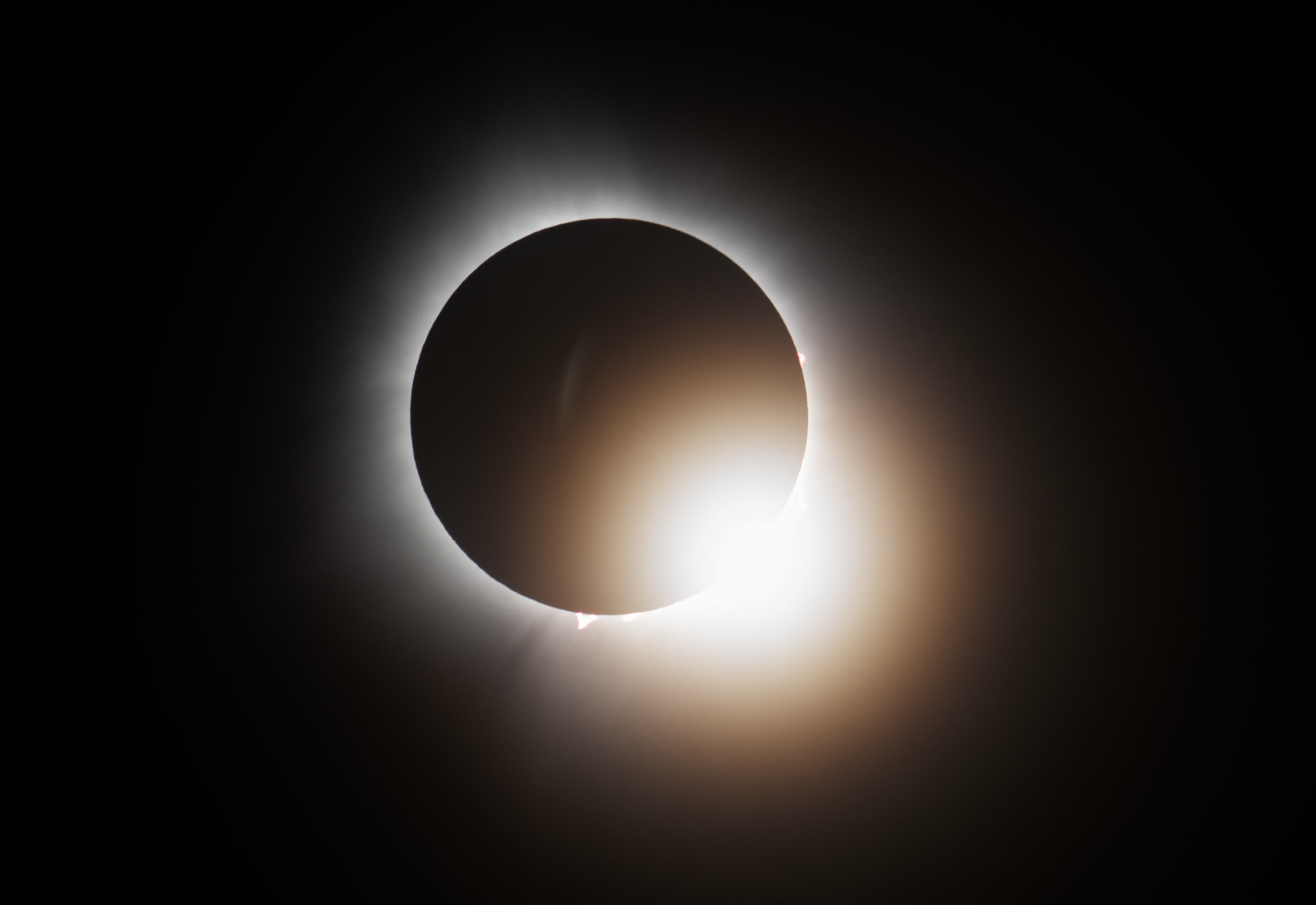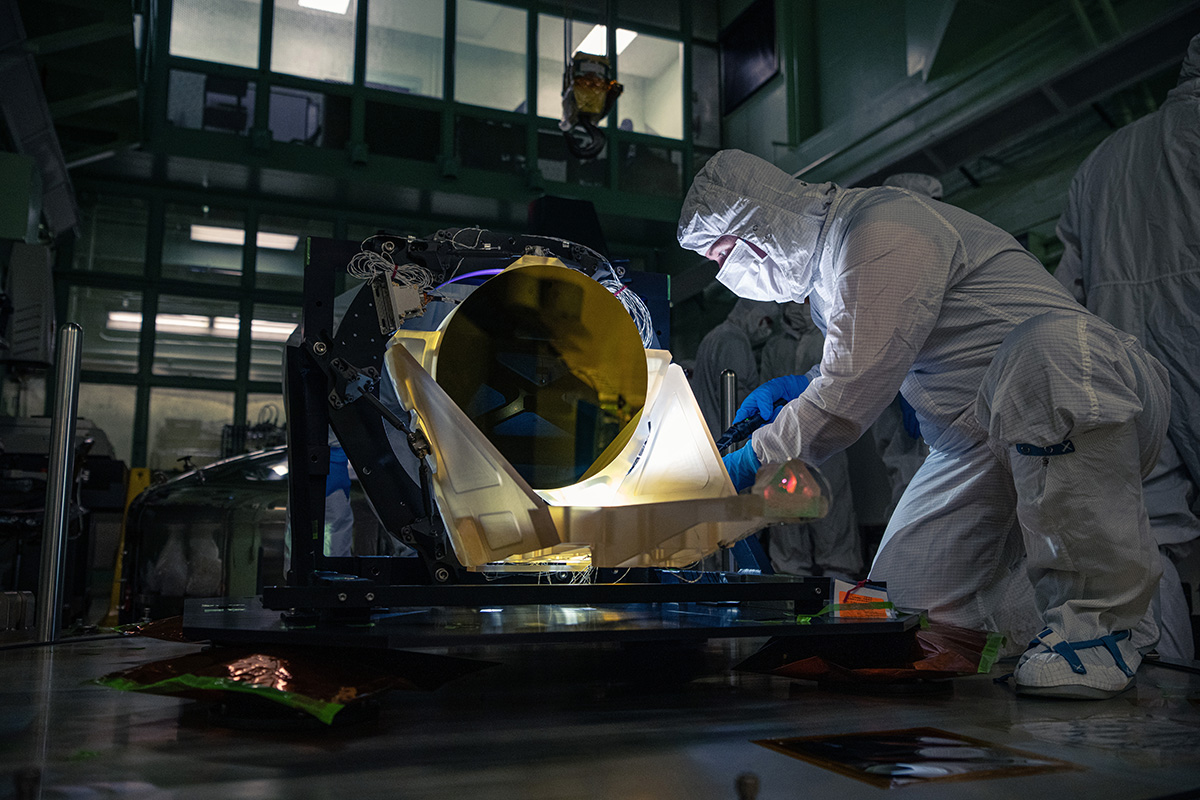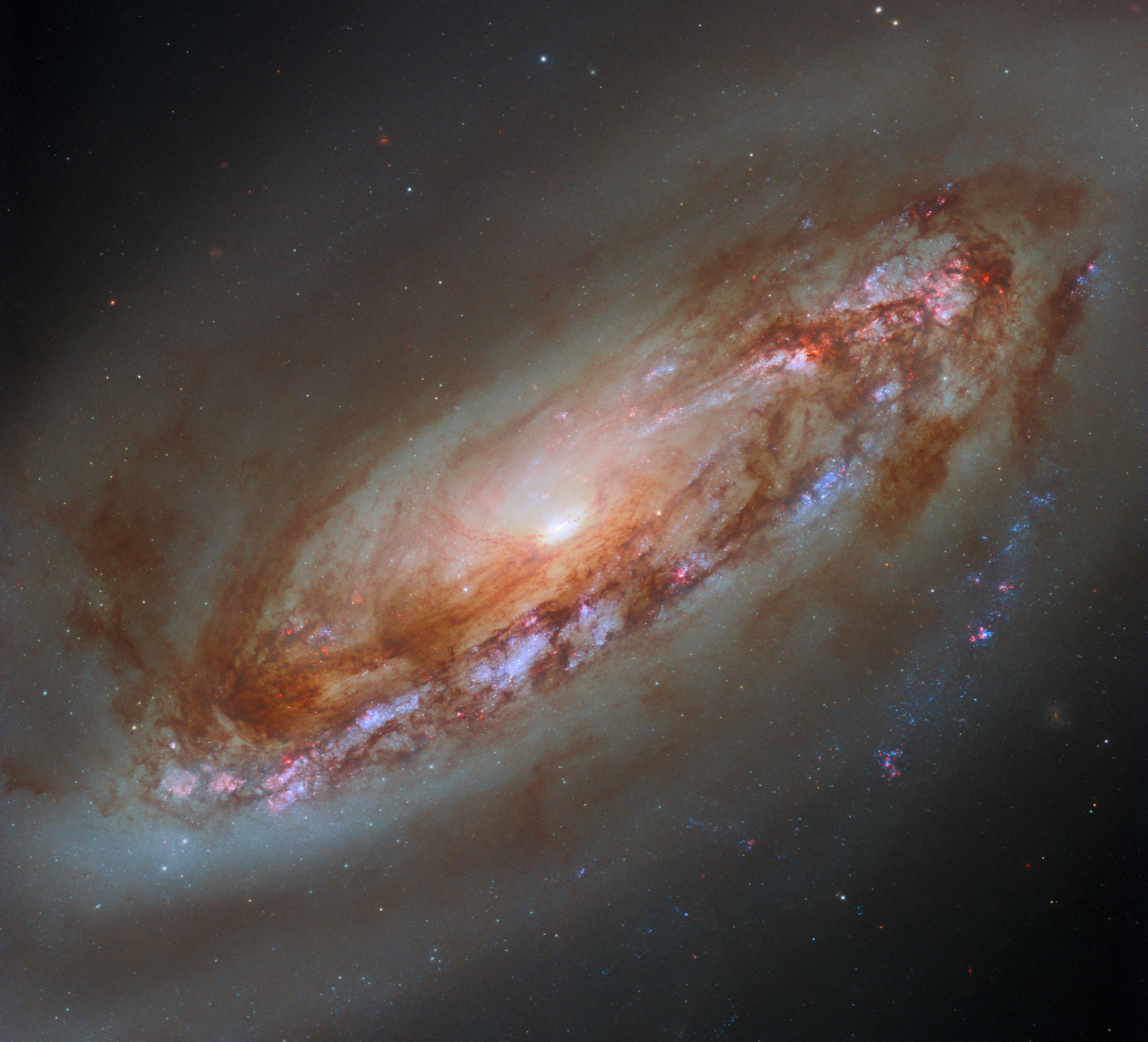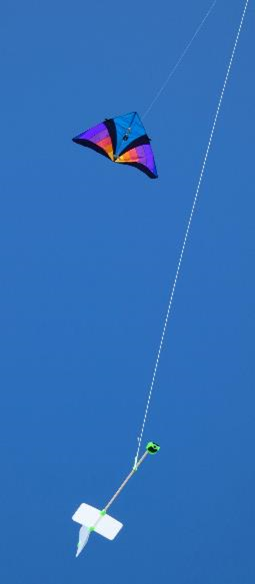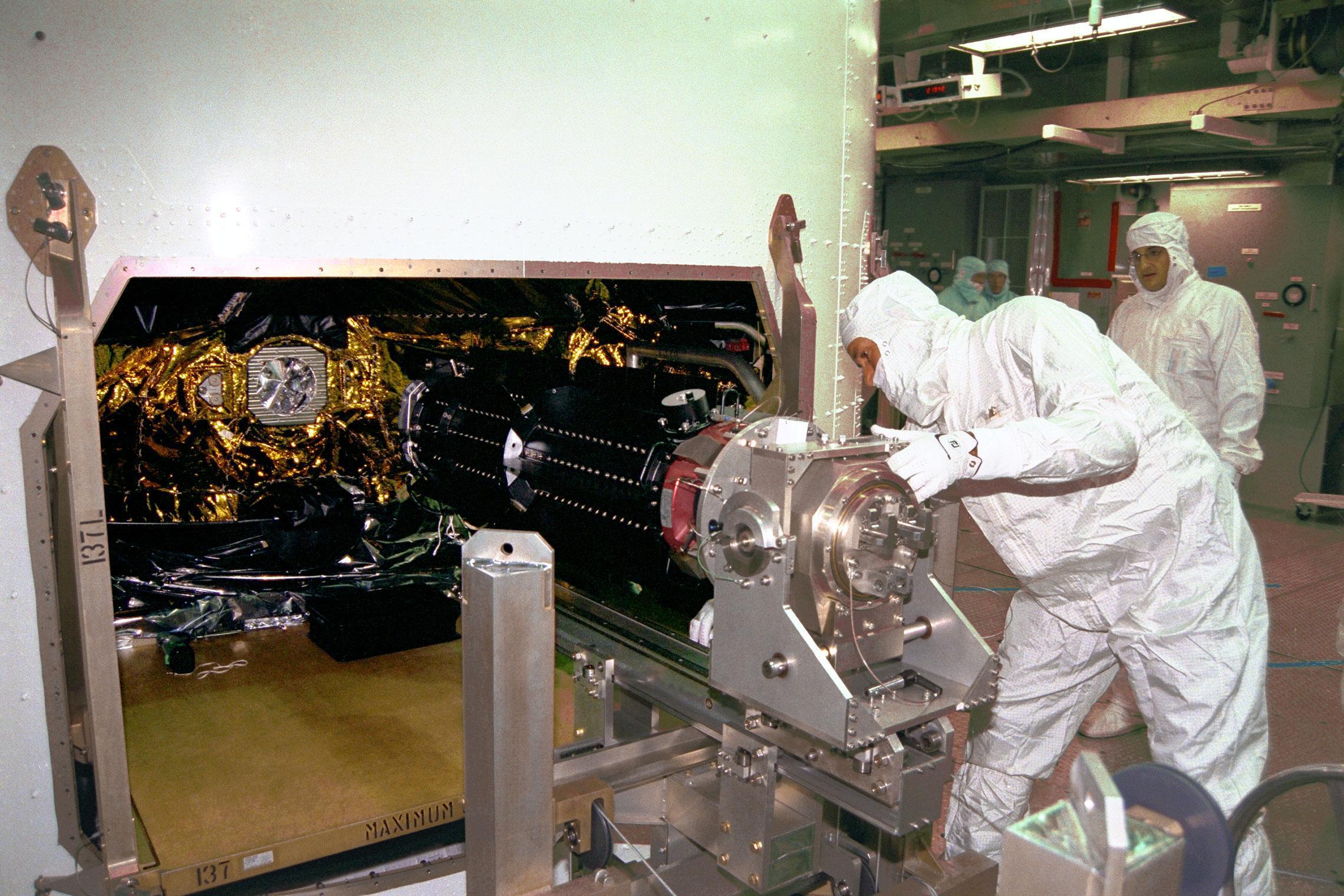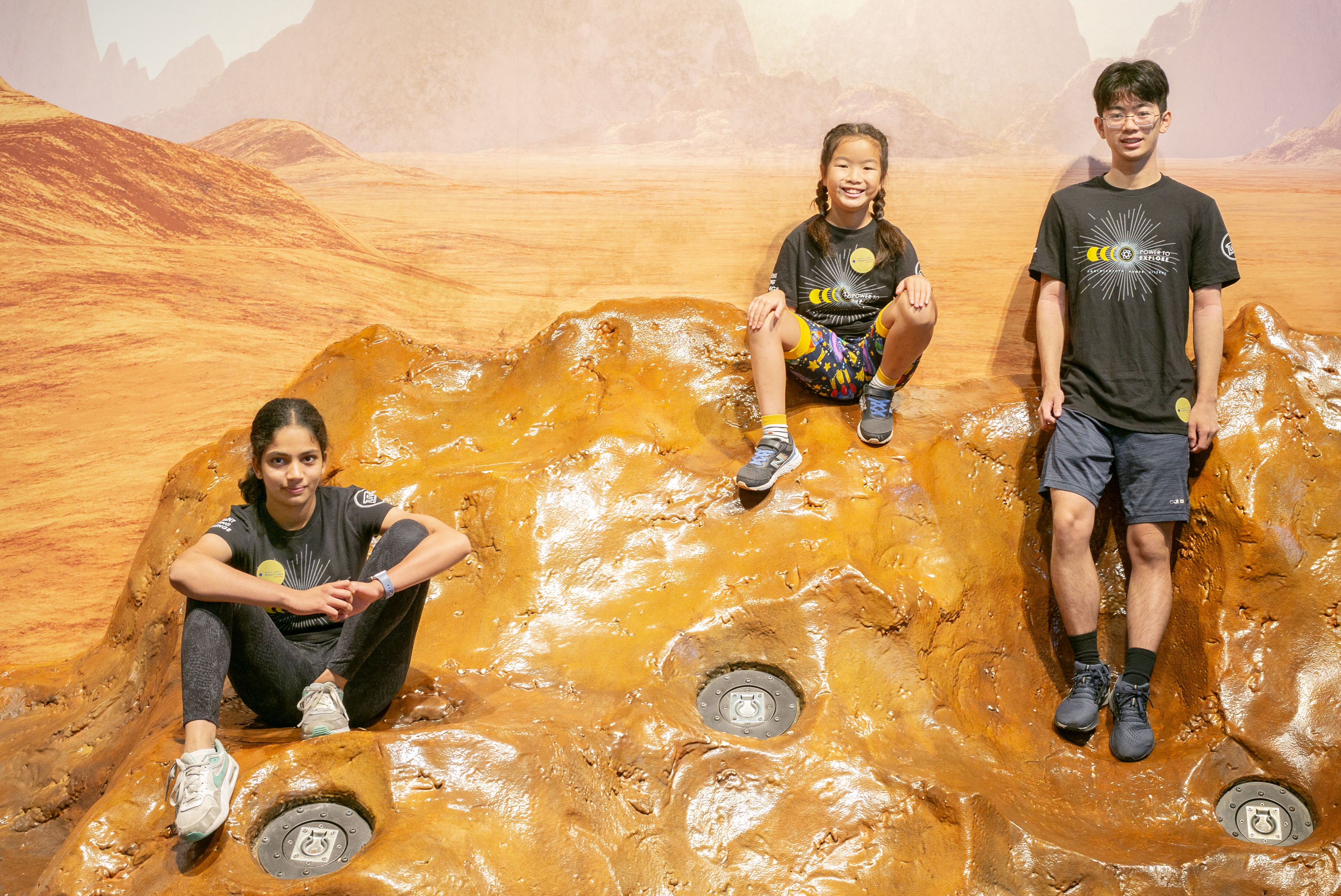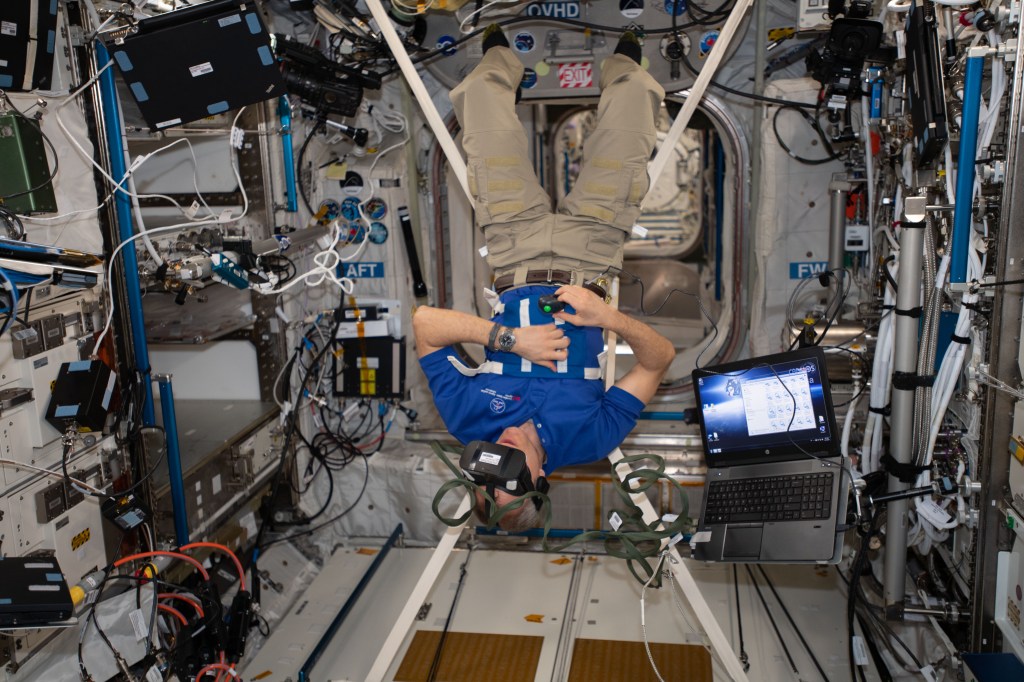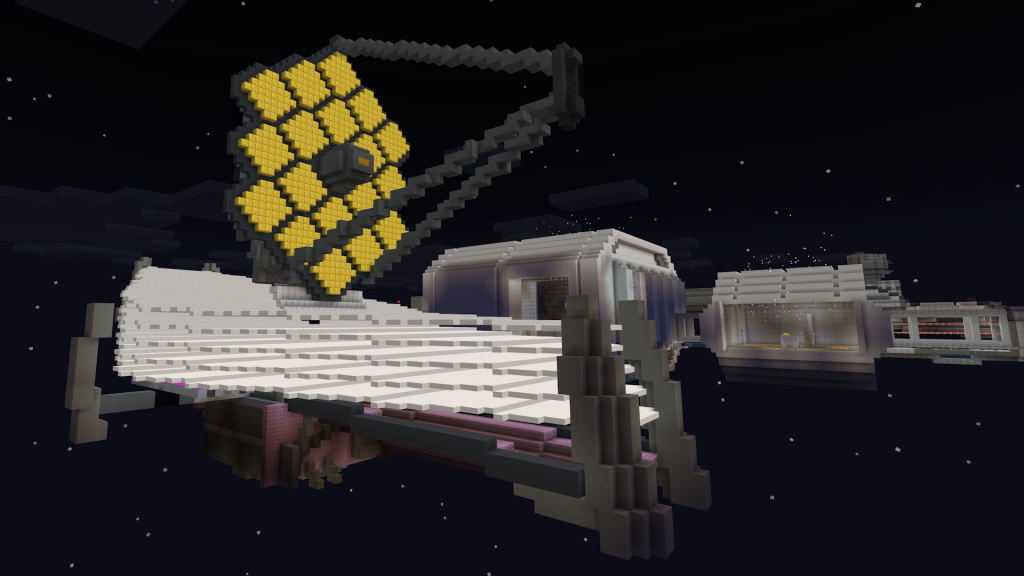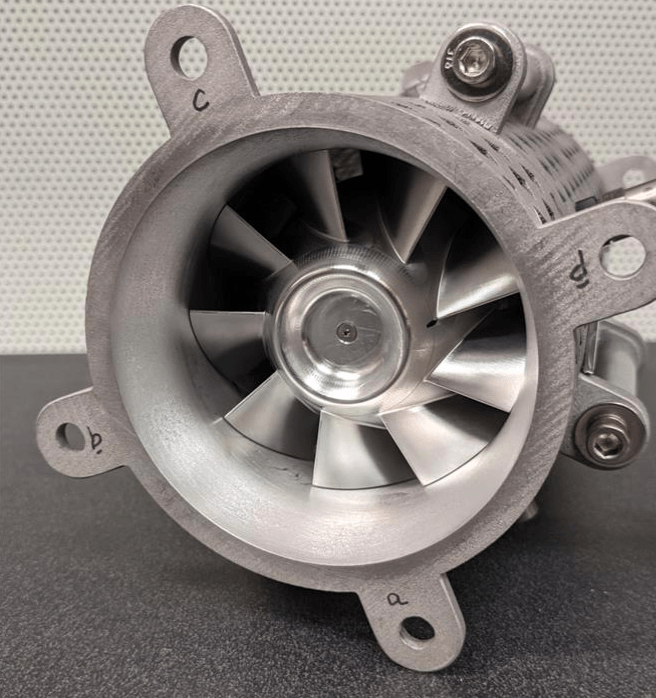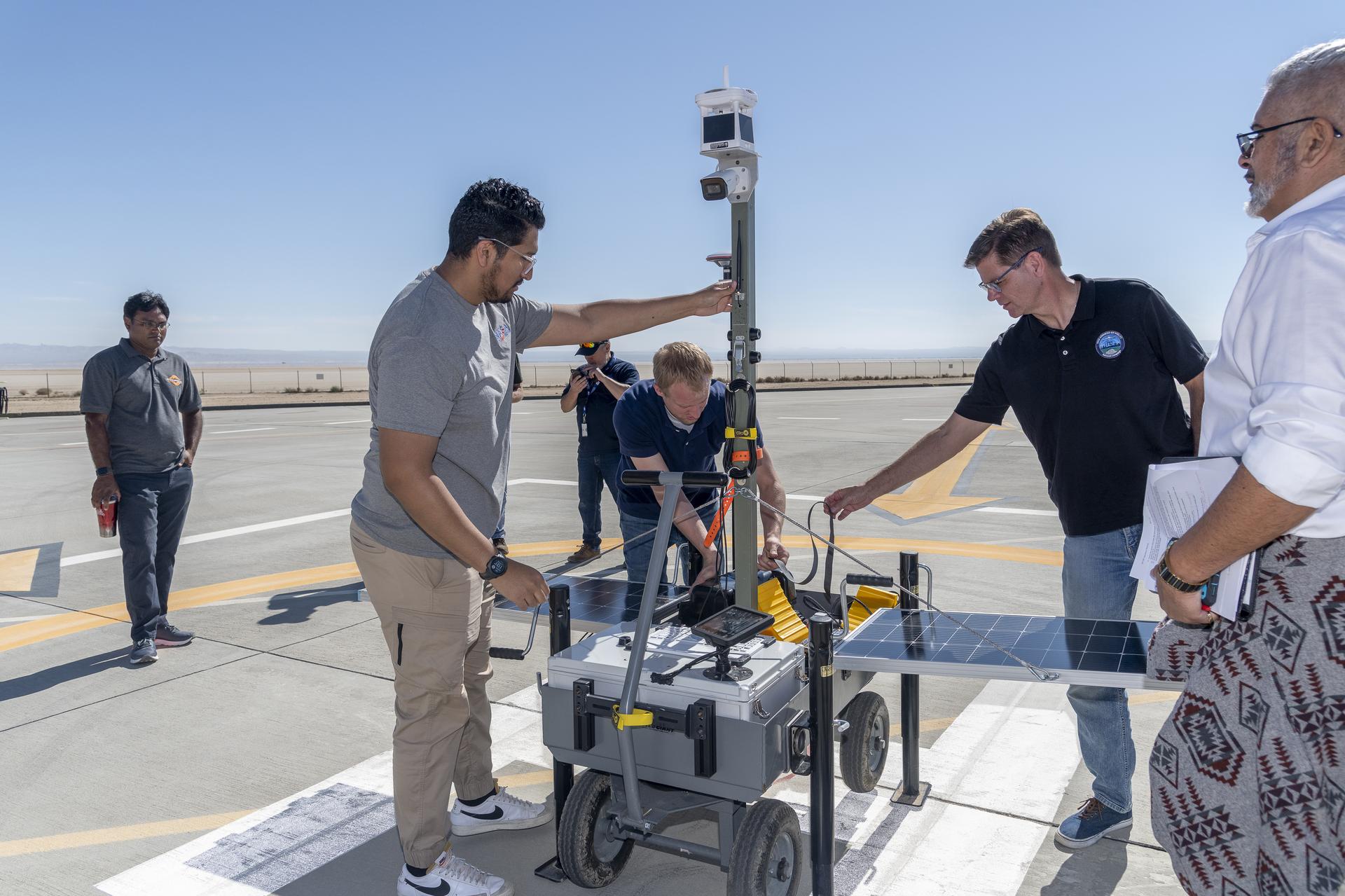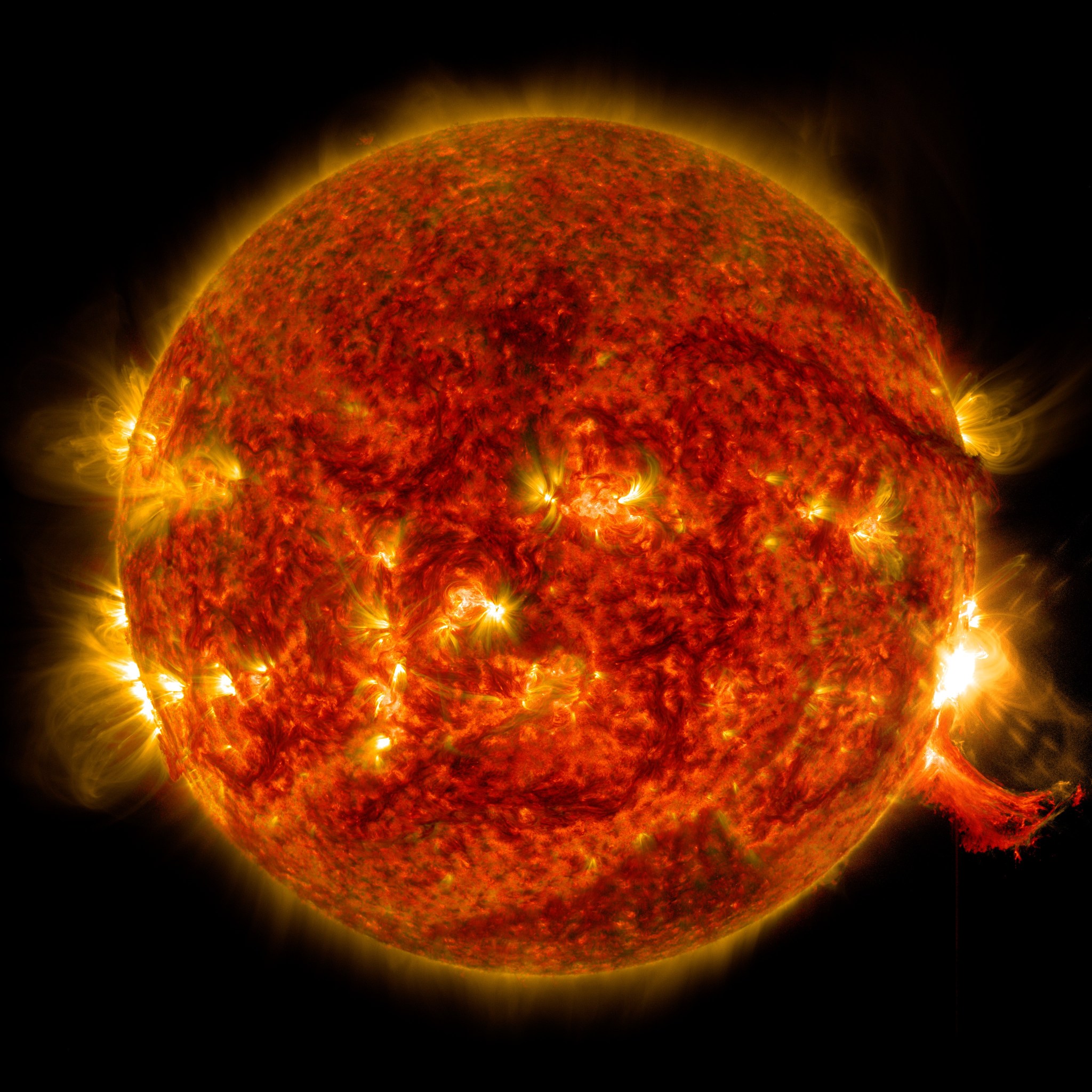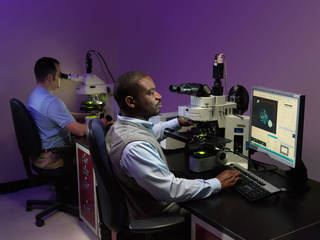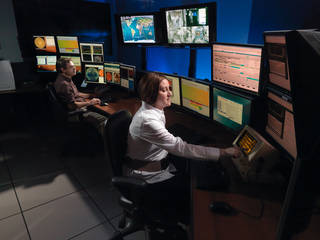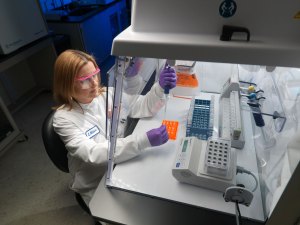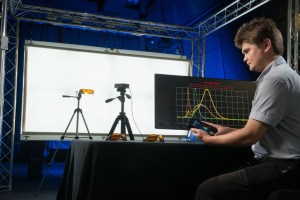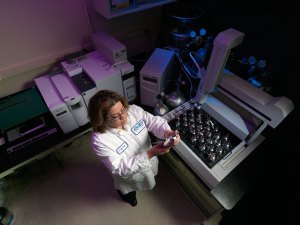Protecting Against the Unseen
Radiation exposure incurred during space exploration is one of the greatest threats to an astronaut’s health. The associated risks include, carcinogenesis, degenerative tissue effects, central nervous system effects, and acute radiation syndromes. The radiation environment outside of Earth’s protective atmosphere is comprised of energetic protons and heavy nuclei that pose a hazard to living organisms. The damage caused by energetic nuclei has been shown to produce distinct biological damage compared with radiation on Earth, leading to large uncertainties in the projection of health risks and obscuring evaluation of the effectiveness of possible radiation countermeasures. Although information exists to recommend crew exposure limits and spacecraft design requirements for missions in low Earth orbit, there is insufficient knowledge of the health effects of space radiation and the space radiation environment to provide recommendations on crew exposure limits and design requirements for long-duration missions.
Continuous Monitoring: 24/7/365
The Space Radiation Analysis Group (SRAG) at Johnson Space Center (JSC) supports human exploration by keeping crew members within acceptable levels of risk from space radiation. This includes continuous solar radiation environmental monitoring and manned spaceflight operations support 24 hours every day. In addition, SRAG also provides evaluation of radiological safety with respect to exposure to isotopes and radiation producing equipment carried on the spacecraft.
Another method of monitoring utilizes dosimeters, sometimes in the form of badges worn by the crewmembers. These dosimeters measure radiation and are returned to the ground for analysis. The SRAG Space Radiation Dosimetry Laboratory maintains state-of-the-art analysis systems for multiple types of dosimeters including: thermoluminescent dosimeters (TLD), optically stimulated dosimeters (OSLDs), and plastic nuclear track detectors (PNTDs). All preflight assembly and postflight analysis of the dosimeters are conducted in the lab and the SRAG team supports training sessions to familiarize the crew with the equipment.
Technology and Hardware used for monitoring and assessing radiation include:
- Time-resolved models of the Earth’s magnetic field
- Maps of the radiation fluxes trapped in the geomagnetic-sphere
- Trajectory translator/propagator algorithms
- Tissue Equivalent Proportional Counter (TEPC)
- Charged Particle Directional Spectrometer (CPDS)
- Radiation Area Monitor (RAM)
- Crew Passive Dosimeter (CPD)
How Safe is Safe Enough? Quantifying Radiation Damage
The primary purpose of JSC’s Radiation Biophysics Laboratory is to conduct research to expand the knowledge base and reduce the uncertainty in health risks from exposure to space radiation, with a particular focus on the combined biological effects of radiation exposure and microgravity experienced simultaneously in space. Research projects conducted in the laboratory include investigations of DNA damage and other changes at the molecular levels such as transcriptomics in the ISS crewmembers. Scientists also use the laboratory to study the effects of low and high linear energy transfer (LET) radiation in cultured cells or animals, including humanized mice, using radiation sources at JSC or an accelerator at the NASA Space Radiation Laboratory facilities at Brookhaven, NY. Biological samples are irradiated at these facilities and transported back to the laboratory for analysis at the molecular and cellular level. Results of these studies are used to understand the biological effects of space radiation, guide future studies, and validate the output of the computational models. In addition, computer models and computational tools are being developed to assist in the projection of cancer and acute radiation syndrome and other astronauts’ radiation risks.
Technology and Hardware used to analyze cellular and molecular changes include:
- Fluorescent microscopes
- Tissue culture facilities
- Flow cytometry equipment
- Cytogenetic image and analysis equipment
- Microgravity simulators
- Radiobiological data
- Radiation projection models
- Computational tools to assess and project crew risk of cancer and acute radiation syndrome from space radiation
Points of Contact
Clifton (Clif) Amberboy
Ramona Gaza
Honglu Wu, PhD
Chris Vande Zande


